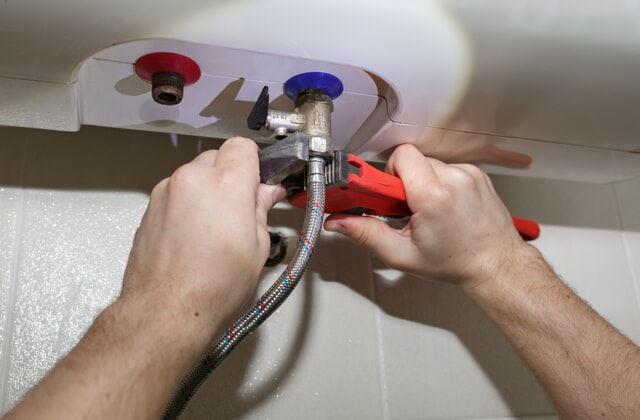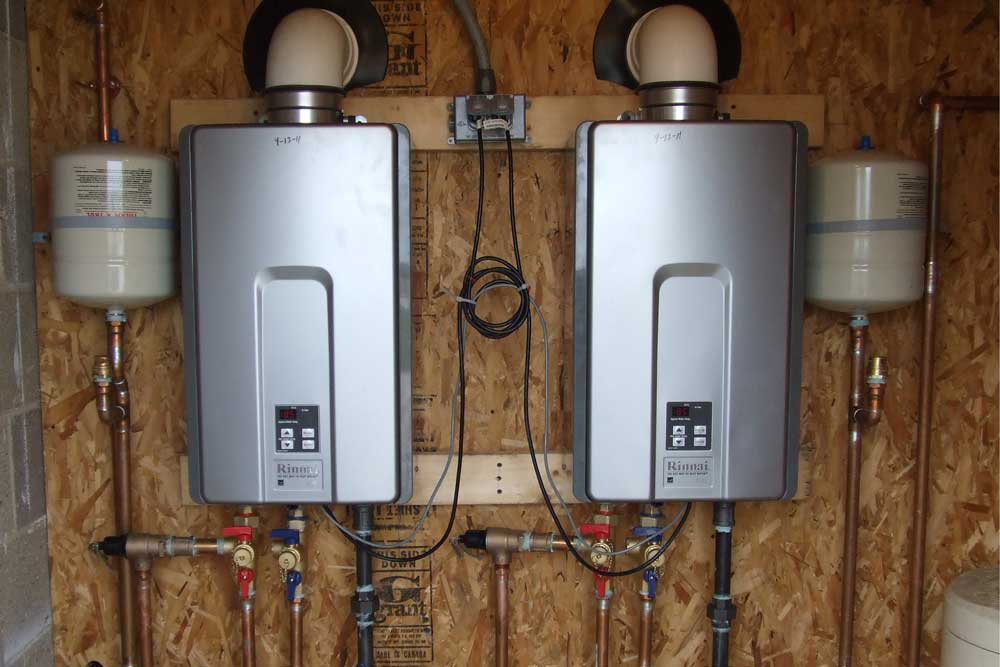Steps to Properly Maintain Your Home's Hot Water SystemExpert Tips for Caring for Your Home's Hot Water System
Steps to Properly Maintain Your Home's Hot Water SystemExpert Tips for Caring for Your Home's Hot Water System
Blog Article
This article which follows about How to Maintain Your Water Heater & Prolong its Life is pretty much engaging. You should give it a look.

Hot water is crucial for daily convenience, whether it's for a refreshing shower or washing recipes. To ensure your warm water system runs successfully and lasts longer, regular upkeep is vital. This article offers functional pointers and insights on exactly how to preserve your home's warm water system to avoid disruptions and expensive repair services.
Intro
Maintaining your home's hot water system could seem challenging, however with a couple of straightforward steps, you can ensure it operates smoothly for several years ahead. This overview covers everything from understanding your hot water system to DIY upkeep ideas and recognizing when to call expert aid.
Relevance of Keeping Your Warm Water System
Regular maintenance not only extends the lifespan of your hot water system but also guarantees it runs effectively. Overlooking maintenance can lead to lowered performance, greater power costs, and even early failing of the system.
Indications Your Hot Water System Demands Upkeep
Understanding when your hot water system requires focus can protect against significant concerns. Keep an eye out for indications such as irregular water temperature, unusual noises from the heating system, or corroded water.
Purging the Hot Water Heater
Flushing your water heater removes sediment buildup, boosting performance and lengthening its life.
Monitoring and Replacing Anode Rods
Anode rods prevent corrosion inside the storage tank. Inspecting and replacing them when broken is vital.
Complicated Issues Needing Professional Aid
Instances include significant leaks, electric problems, or if your hot water heater is regularly underperforming.
Regular Expert Maintenance Perks
Professional upkeep can include detailed examinations, tune-ups, and guaranteeing conformity with security requirements.
Inspecting and Readjusting Temperature Level Settings
Readjusting the temperature level settings makes sure optimal performance and safety and security.
DIY Tips for Upkeep
You can carry out numerous maintenance jobs yourself to keep your warm water system in top condition.
Looking for Leaks
Consistently check pipes and links for leaks, as these can cause water damages and greater bills.
Comprehending Your Warm Water System
Before diving right into upkeep tasks, it's valuable to recognize the fundamental parts of your hot water system. Typically, this consists of the water heater itself, pipelines, anode rods, and temperature level controls.
Month-to-month Maintenance Tasks
Routine month-to-month checks can help catch small concerns before they intensify.
Examining Stress Alleviation Valves
Evaluating the stress safety valve guarantees it functions properly and protects against excessive pressure accumulation.
Shielding Pipes
Insulating hot water pipelines lowers heat loss and can save energy.
When to Call a Specialist
While DIY upkeep is advantageous, some problems call for professional know-how.
Conclusion
Routine upkeep of your home's hot water system is important for effectiveness, durability, and price financial savings. By following these tips and knowing when to seek expert assistance, you can make sure a reputable supply of warm water without unforeseen interruptions.
How to Maintain an Instant Hot Water Heater
Before tinkering with your hot water heater, make sure that it’s not powered on. You also have to turn off the main circuit breaker and shut off the main gas line to prevent accidents. Also turn off the water valves connected to your unit to prevent water from flowing into and out of the appliance. 2. When you’re done, you have to detach the purge valves’ caps. These look like the letter “T” and are situated on either side of the water valves. Doing so will release any pressure that has accumulated inside the valves while at the same time avoid hot water from shooting out and burning your skin. 3. When the purge valves’ caps are removed, you have to connect your hosing lines to the valves. Your unit should have come with three hoses but if it didn’t, you can purchase these things from any hardware or home repair shops. You can also get them from retail stores that sell water heating systems. Read the user’s manual and follow it to complete this task properly. When the hosing lines are connected, open the purge port’s valves. 4. You should never use harsh chemical cleaners or solutions when cleaning your unit. Make use of white vinegar instead. It should be undiluted and you’ll probably use about 2 gallons. 5. Now flush your water heater. This task should probably take about 40 minutes. We can’t give you specific directions for this because the procedure is carried out depending on the type, model and brand of your heater. With that being said, refer to the user’s manual. 6. When you’re done draining the unit, you have to turn off the purge port valves again. Remove the hosing lines that you earlier installed on each of the water valves. Put the valve caps (purge port) back in their respective places and be very careful so as not to damage the rubber discs that are found inside these caps. 7. Now that everything’s back in place, check your user’s manual again to find out how to reactivate your water heating system. 8. Once it is working, turn one of your hot water faucets on just to let air pass through the heater’s water supply pipes. Leave the tap on until water flows smoothly out of it. https://www.orrplumbing.com/blog/2014/september/how-to-maintain-an-instant-hot-water-heater/

I was made aware of that editorial about How to Maintain a Hot Water Heater in a Few Simple Steps through a pal on a different domain. Loved our write-up? Please quickly share it. Let another person locate it. Thanks a lot for your time spent reading it.
Call Today Report this page